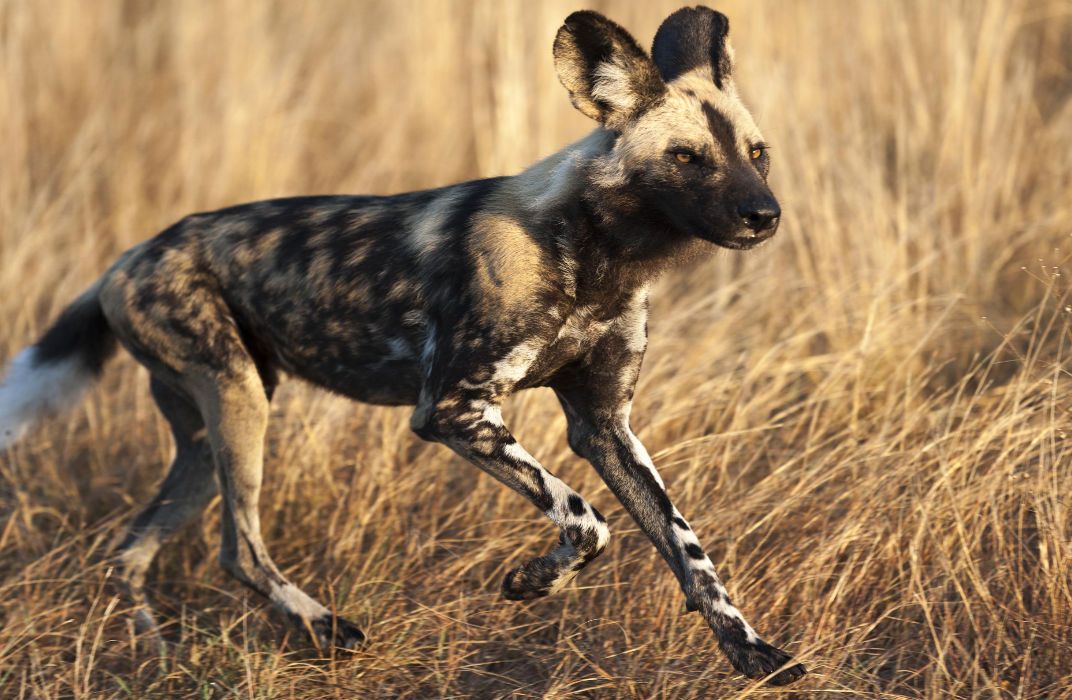Photos of Endangered and Vulnerable Species from Around the Globe
Photo contest contestants capture rare images of threatened animals






/https://tf-cmsv2-smithsonianmag-media.s3.amazonaws.com/filer/37829-iguana963.jpg)







/https://tf-cmsv2-smithsonianmag-media.s3.amazonaws.com/filer/3579-giant-panda963.jpg)






Get the latest Science stories in your inbox.